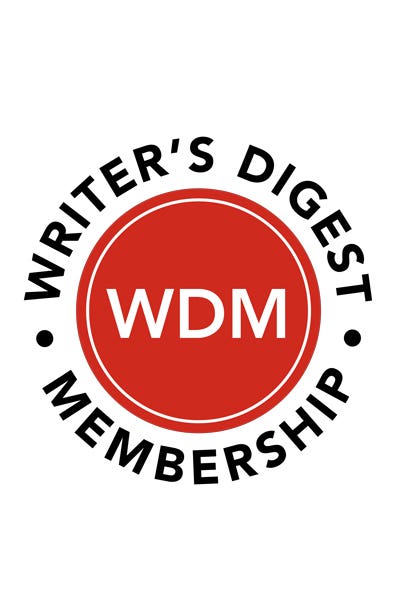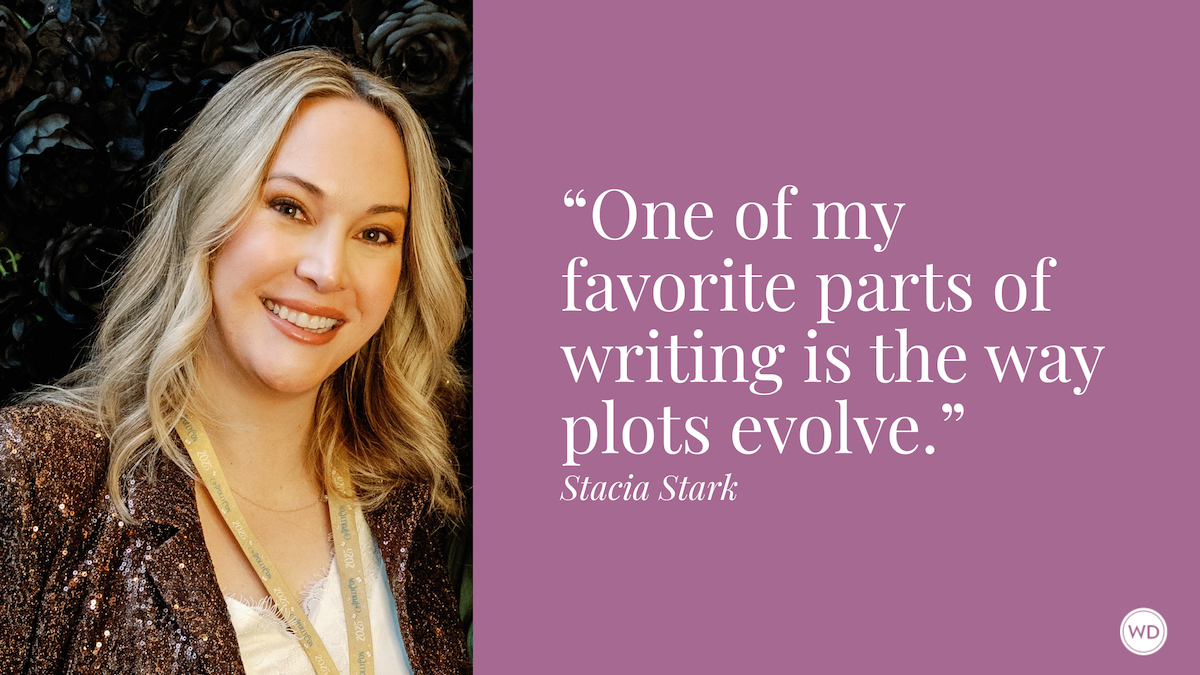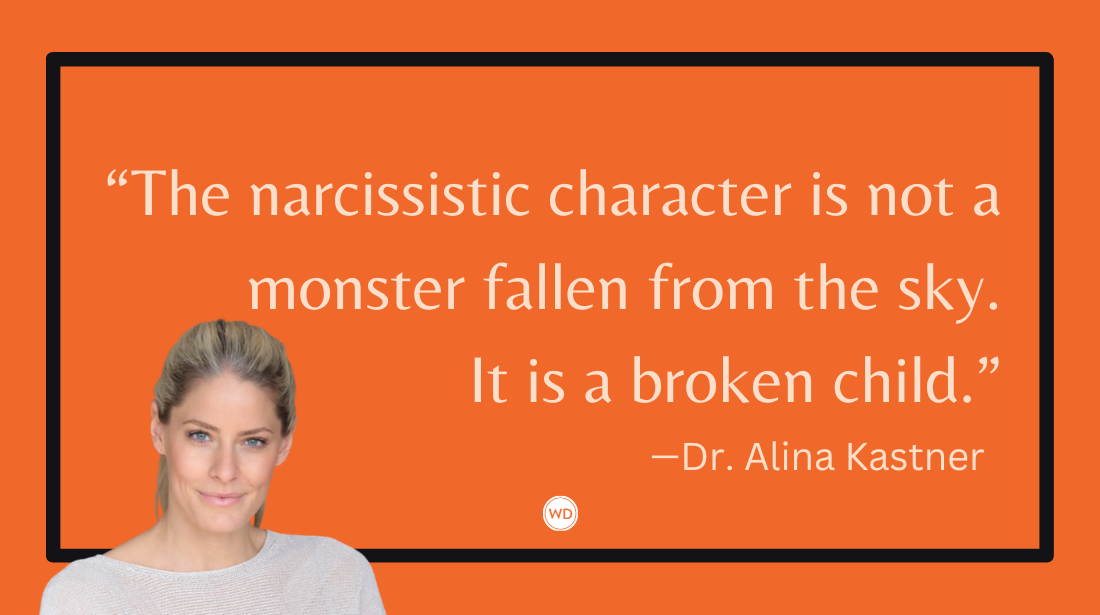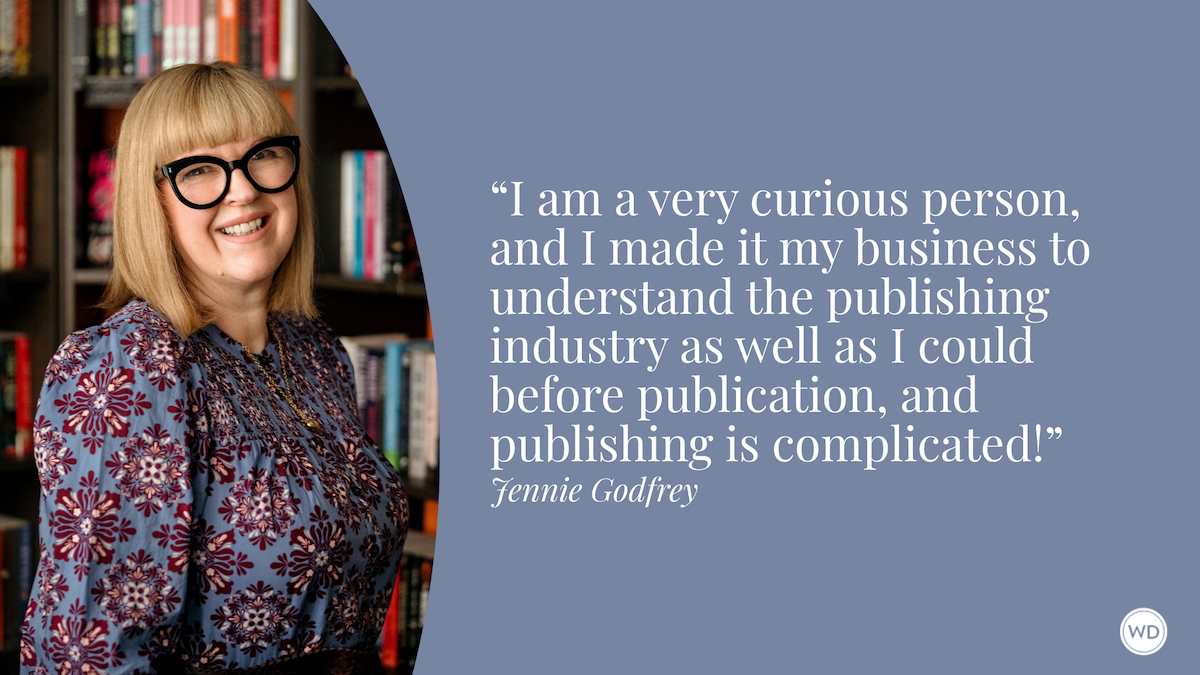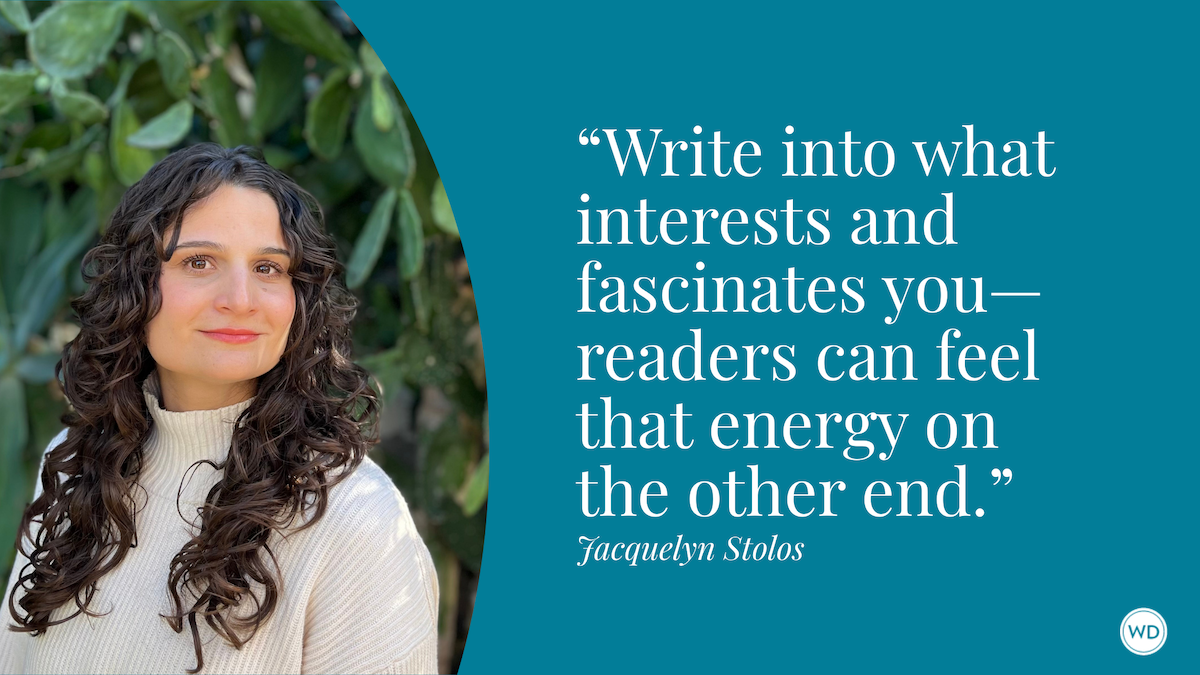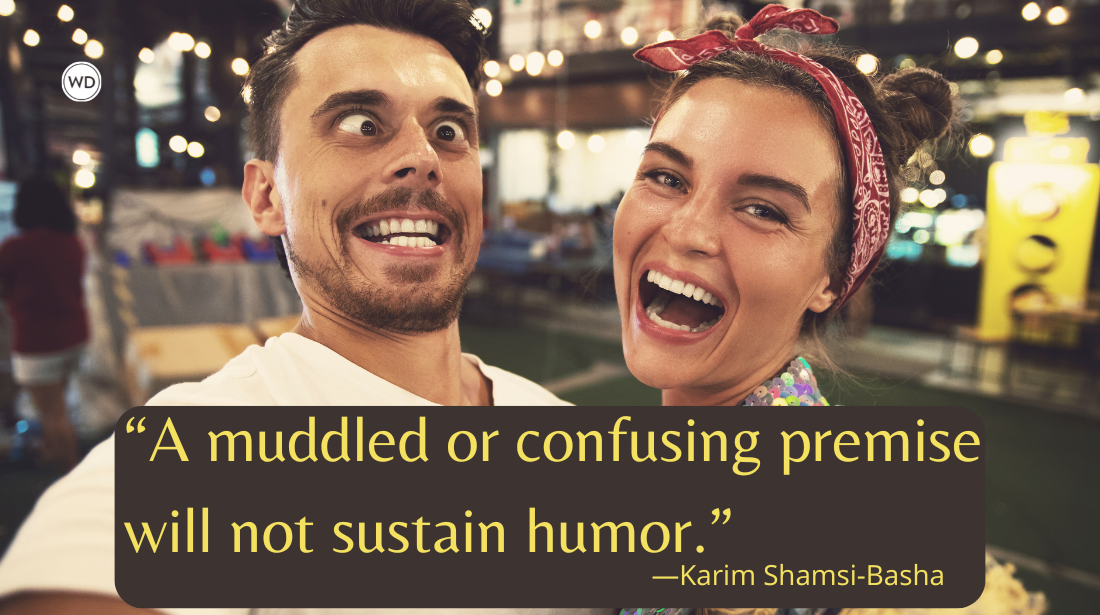Writing Witty Banter That Actually Works (by Looking at How to Ruin Good Banter in 5 Easy Steps)
Bestselling author Emma St. Clair breaks down how to write witty banter that actually works by looking at how to ruin good banter.
A reader recently asked what my favorite thing to write is, and the answer came instantaneously: banter between two characters who don’t like—or don’t think they like—each other. I love crafting conversations that are less give-and-take and more push-and-pull, where words aren’t exchanged so much as lobbed back and forth, steeped in subtext.
Banter is a specific subset of dialogue with a teasing or playful tone. It’s dialogue with an edge and sometimes, depending on the characters, it even has teeth.
As a rom-com author, I know my readers expect to find good banter when they open one of my books. But what makes for good banter? To explore what good banter needs to be successful, let’s look at five ways to ruin good banter.
How to Ruin Good Banter in 5 Easy Steps
1. Technical Issues
To write effective banter, it’s important to master the technical parts of dialogue first. Dialogue needs to clearly indicate who’s speaking so the reader doesn’t get confused. Too many dialogue tags, too few, or too many alternative words for “said” can all impact the effectiveness of dialogue.
As you read back through a section of dialogue, check first to make sure it’s clear who is speaking each line. Vary the dialogue tags, gestures (the actions or movements a character makes around a line), and lines that have neither. You can also change up where these indicators are located—at the start, end, or even in the middle of a line of dialogue.
The goal is for the technical setup to be so seamless that readers are never pulled out of the story to notice your hard work.
2. Imitation Conversation
Have you ever read a transcript for an interview? Even the most entertaining conversation loses its shine when recorded word for word. The second way to ruin witty banter is to make it too close to actual dialogue.
As Anne Lamott puts it in Bird by Bird, “You’re not reproducing actual speech—you’re translating the sound and rhythm of what a character says into words. You’re putting down on paper your sense of how the characters speak.” Banter needs to sound like an actual conversation, not be a literal conversation.
3. Bad Rhythm
Like dancing, dialogue doesn’t work without a good sense of rhythm. Banter is snappy and tends to have a faster pace than typical dialogue. But it also needs to be balanced out by various line lengths to avoid sounding stilted and boring.
The best way to test rhythm is to read it out loud. Listening will reveal where the interplay between the characters shines. It will help you see where to slow the pace by adding a dialogue tag or physical gesture—like a character taking a sip of water or fidgeting with something.
Bad rhythm is what stops the banter from bantering.
4. Lack of Characterization or Uniqueness
The most common piece of advice I hear regarding dialogue is to make each character’s speech be something only they would say. Of course, this isn’t possible for every line of dialogue in a book. But a quick way to ruin banter is to have such generic lines that they could be said by any old character in any old book.
Sometimes when I’m in a groove, writing banter is easy, as though I’m eavesdropping on an actual fictional conversation. Other times, I simply write basic prose in the first draft, then push for more in edits.
Is there another way for a character to say that they’re tired? Is there an analogy or comparison they could use that relates to their job or interests? Does this character have an extensive vocabulary? Do they tend to speak in complete sentences or choppy fragments?
The better you know your characters, the easier it will be to write dialogue that sounds unique and uniquely like them.
5. Missing Subtext
One of the things that makes banter really sing is what the characters aren’t saying. It’s the unspoken current running beneath the words.
How does he really feel about her? What secret is she keeping? Why is he reacting so strongly at this moment?
This work requires not only knowing your characters but keeping in mind their motivations as well as the things they do and don’t really want to say. When writing conversations between Wyatt and Josie in my book If All Else Sails, I tried to remember at all times how they felt about each other, how they each wanted the other person to think they felt, and what they really wished they could say to each other.
While this is subtle work, I think of it like infusing the banter with the kind of depth that really brings it—and the characters—to life.
In her book, Wired for Story, Lisa Cron states that “when a story enthralls us, we are inside of it … and the last thing we’re focusing on is the mechanics of the thing.” Great dialogue—and especially great banter—is usually doing several things at once and doing them so well that readers don’t even notice.
The goal is to work so well at crafting your banter that readers don’t see the hard work—they’re too busy lost in the moment.
Check out Emma St. Clair's If All Else Sails here:
(WD uses affiliate links)



